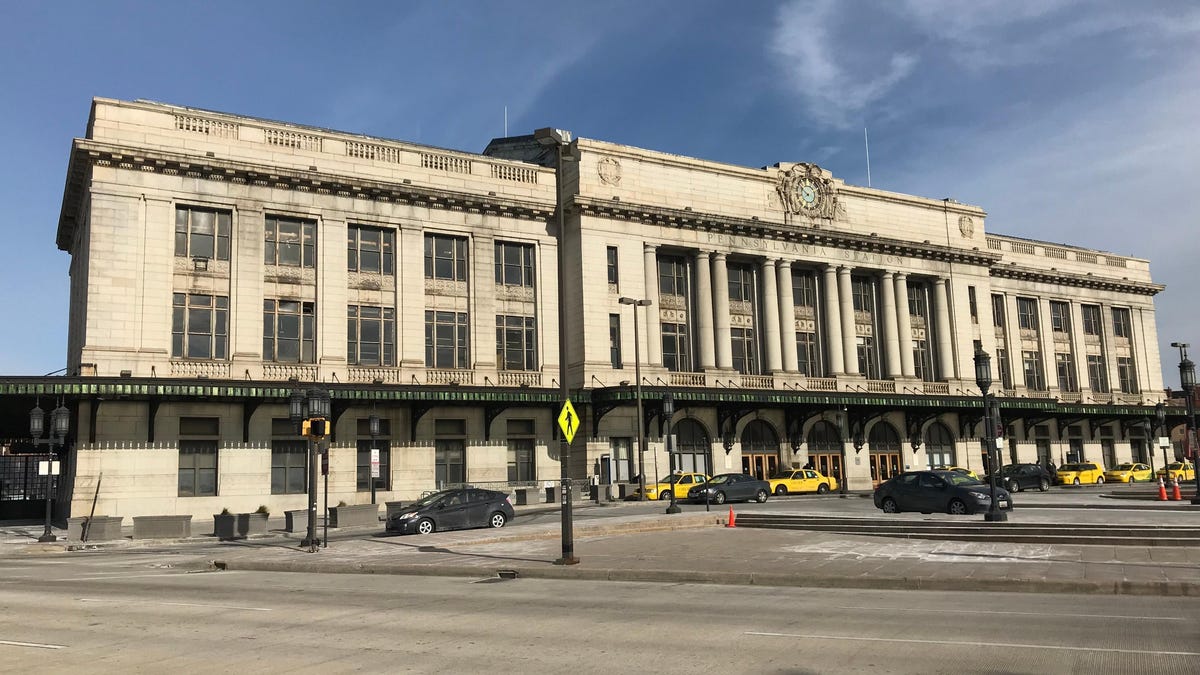Baltimore Is Revamping Its Century-Old Train Station

Photo: Eli Pousson
Passenger rail travel in the United States will see significant development over the coming years, not through a radical departure from traditional methodology but gradual evolution. Evolution like upgrading existing rail lines to higher standards, acquiring newer trainsets and renovating existing stations. A part of this evolution is the current overhaul of Baltimore’s Pennsylvania Station.
Baltimore Pennsylvania Station, not to be confused with New York City’s Pennsylvania Station, initially opened in 1911. Unlike its New York counterpart, the original station house wasn’t demolished and replaced with a sports arena in the 1960s. However, Baltimore Penn Station hasn’t been wholly updated in at least 40 years despite being Amtrak’s 8th-busiest station.
Graphic: Baltimore Penn Station
The most crucial piece of the renovation is the construction of two new station platforms. The new platforms are intended to support the increase in passenger capacity and service frequency of new generation Acela trains that will be put into service later this year. The station will be completely refurbished, from a new roof and repaired masonry to new electrical and plumbing systems.
The Penn Station concourse will be expanded over the tracks to accommodate new retail and dining space. Also, there’s expected to be $400 million in private investment for housing, office space and retail projects around Penn Station. Though, these aspects of the renovation will be fruitless unless passenger traffic increases as expected.
From a business perspective, it makes sense for Amtrak to encourage investment into the Northeast Corridor. The very profitable mainline effectively subsidizes the rest of Amtrak’s services across the country. Increasing annual revenue seems to be a viable method for the government-owned business to become financially sustainable and raise capital for expansion without direct intervention from Washington. Baltimore Pennsylvania Station will likely not be the last train station to get a large injection of investment to get it back up to standard.







